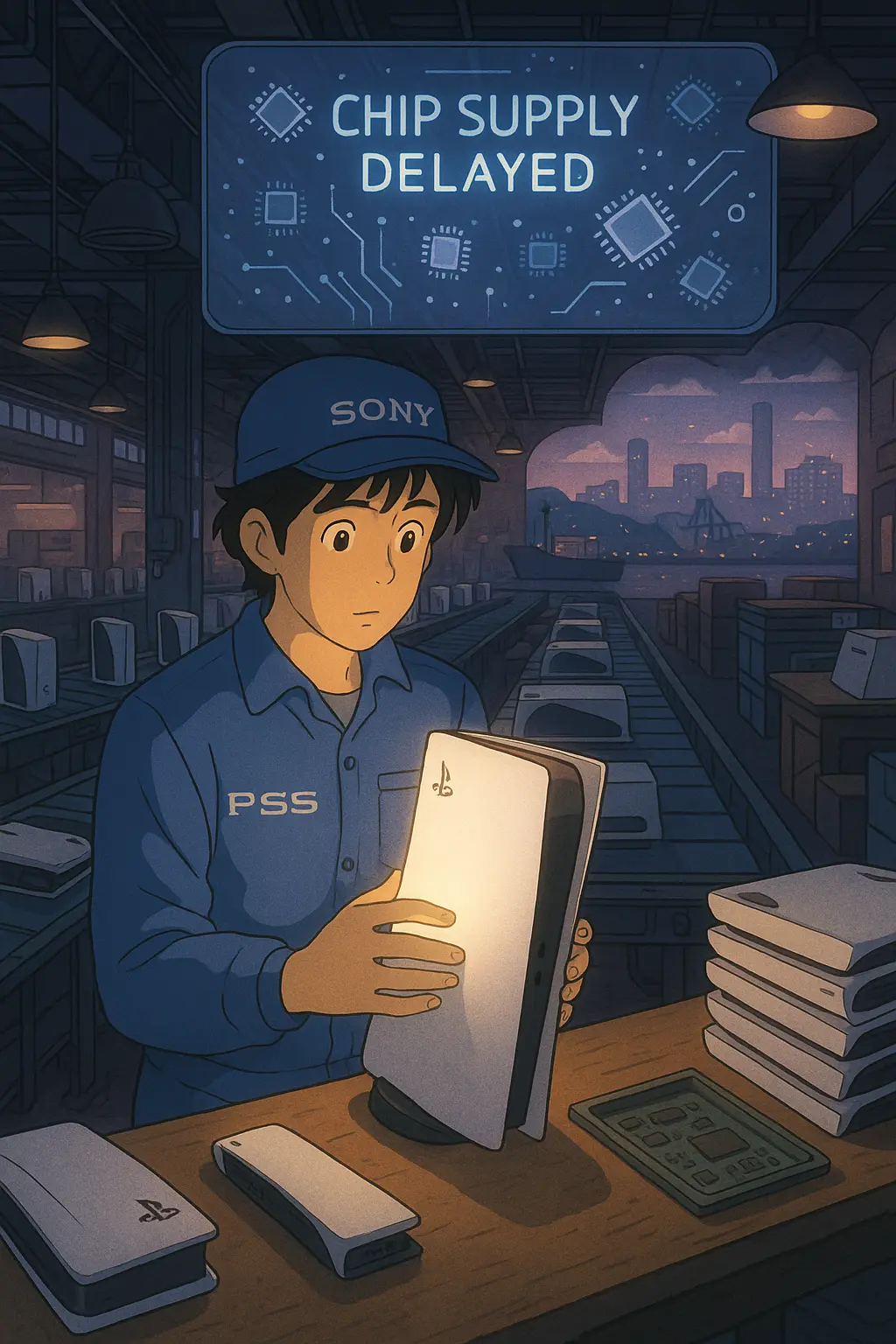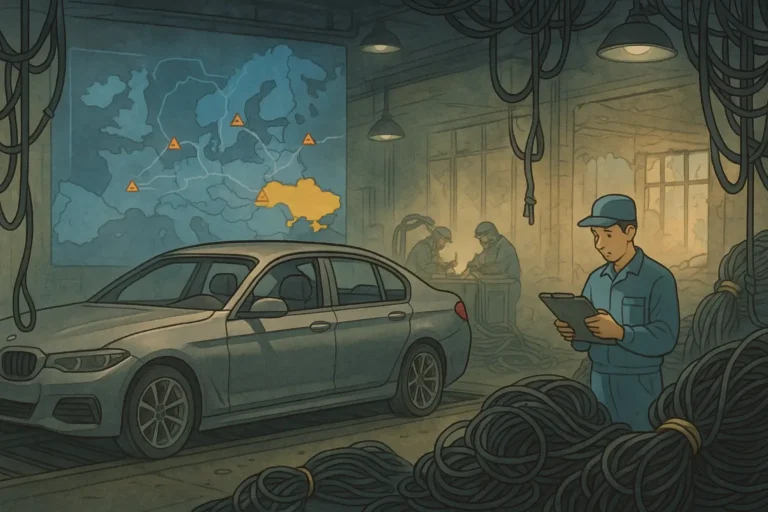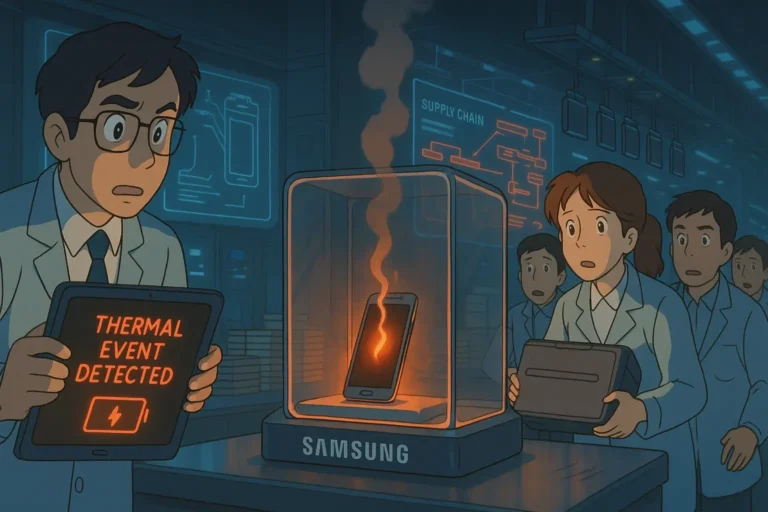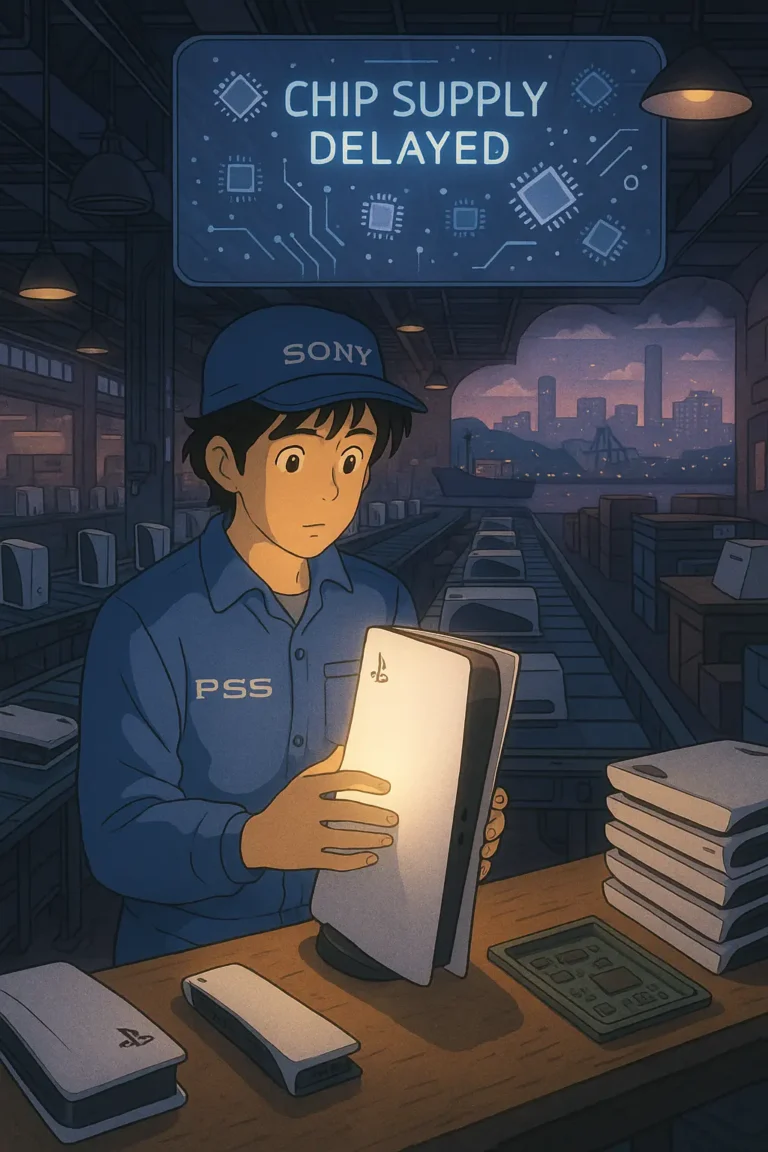
PS5 Supply Chain
After much hype preceding the launch of Sony’s PlayStation 5 in late 2020, the company had one job: ship PS5 consoles fast enough to meet skyrocketing demand. That didn’t happen because Sony’s PS5 supply chain issues crippled production targets.
The result was empty shelves that lasted for well over a year, consumers fighting over restocks, resellers making a small fortune, and Sony repeatedly missing its own targets.
Key Nuggets
- A global chip shortage and broken logistics network forced Sony to slash its PS5 production targets.
- Sony kept PS4 production running and invested in chip capacity to stay afloat.
- These challenges mirror the weaknesses in many African supply chains today—and offer vital lessons.
How Chip Shortage and COVID-19 Broke Down Sony’s PS5 Supply Chain
Sony’s PS5 was designed to function using a custom AMD processor chip that relied on the same semiconductors found in cars, servers, and smartphones. However, due to the pandemic and its impact on semiconductor availability, it was nearly impossible to obtain them.
By mid-2020, the factories that made those chips were already overbooked. Car makers had started bulk buying to keep their own lines moving. And factories in Japan and Taiwan couldn’t keep up.
When a fire shut down two key Japanese factories involved in the chipset supply, the chain snapped.
Even when Sony had enough chips for the PS5, moving the consoles to market became a second battle. The pandemic was restricting logistics movements worldwide.
Ports were clogged, containers were stuck in the wrong countries, and factories slowed or closed altogether due to health rules.
Moreover, like many companies in Japan, Sony operated a Just-in-Time production and inventory system. This meant there were no extra buffers, and the loss of even one part could bring the entire supply chain to a halt.
When chip orders were delayed or a shipment was stuck at the ports, there was nothing to fall back on. Suddenly, the same model that made Sony efficient in good times became its downfall when things went wrong.
Read More: The Story Behind Apple’s Manufacturing Shift Away From China.
The Damage to Sony’s PS5 Supply Chain: Slashed Targets and Missed Sales
Sony had set ambitious production targets for the PS5, aiming for 16 million units in the first year. That target was soon dropped, and then dropped again.
By the end of March 2022, Sony had sold only 11.5 million PS5s. That’s less than the PS4 sold in its second year, despite significantly higher demand.
Even Sony’s own CFO admitted they were “behind.”
Inventory in Asia was especially weak. By the time Sony raised its forecast to 18 million units for the next year, it was clear that demand would still outstrip supply.
This shortage didn’t just affect Sony’s business. Game developers who had bet on a large PS5 install base were also in the line of fire. Fewer consoles meant fewer game sales.
Do you want more supply chain stories like this? Subscribe here
Sony’s PS5 Supply Chain Response: Stopgaps and Long Bets
Sony’s supply chain couldn’t do much in the current crisis, but the company made sure to future-proof the entire operation while also taking key steps to keep customers happy.
Here is what the company did:
1. Keeping the PS4 Alive
Like with other models before the PS5, Sony had planned to shut down production of the PS4 after the launch of the PS5. But the crisis that plagued the PS5 supply chain forced the company to shelve that idea.
The crisis was so severe that the company went on to produce an additional 1 million PS4s in 2022. This gave gamers an option—though it was not the one they wanted.
It also bought Sony time to sort out PS5 parts.
2. Betting Billions on Chips
Sony partnered with TSMC to build a $7 billion chip factory in Japan. Although that factory won’t solve past shortages, it will protect against future production delays for necessary chips. Sony also revised the console’s specifications to allow for part substitutions when necessary.
These were late moves, but they were necessary to future-proof the company’s supply chain.
3. Shipping at Any Cost
To catch up, Sony even used air freight to move consoles—despite the cost.
These short-term efforts demonstrated that Sony was willing to break from its routine to address supply bottlenecks. But the damage had already been done.
Read More: The Volkswagen Supplier Dispute That Disrupted Its Supply Chain in 2016.
Lessons From Sony’s PS5 Supply Chain Crisis
What happened to Sony wasn’t unique. In the same period, many supply chains that prize speed over stability are exposed in a crisis. Here’s what you can do differently to avoid the same crisis that Sony’s supply chain had to grapple with.
1. Resilience Beats Speed When Things Break
Leaner supply chain operations have their advantages, and that has been the gold standard for years. But maybe it isn’t always better.
The COVID-19 pandemic was particularly severe for Sony because the company had no backup suppliers, safety stocks, nor an alternate chip design. That’s fine in stable times. But once the world shifts, fragile chains break first.
Today, resilient chains include:
- Redundant sourcing
- Emergency inventory
- Onshore or nearshore backups
For instance, a smartphone brand that maintains a three-month chip buffer is better equipped to survive delays. Its rival with no stock folds under the same pressure.
2. Build Relationships Upstream
Sony’s partnership in a chip fab is a long-term bet.
More companies now realize they can’t treat suppliers like order takers because shared investment means shared control. For example, a textile brand that pre-funds its fabric supplier’s expansion will have priority when shortages occur.
The lesson: When everyone needs the same thing, early commitment wins.
3. Forecast Smarter
Sony wasn’t alone in missing the signals. But that doesn’t excuse failure.
Real-time analytics, AI-assisted demand sensing, and flexible contracts now matter more than historical forecasts. A beverage distributor using weather and event data to stock ahead of heatwaves will beat one stuck on last year’s calendar.
Read More: How Puma’s Automated Distribution Hub Transformed Its European Logistics Operations.
How African Supply Chains Can Apply These Lessons
The Sony story holds clues for supply chains across Africa, where similar pressures are rising.
1. Diversify Imports and Build Locally
Many African supply chains rely on a single import route or partner. And it will usually work until a port shuts down or currency dips. Then the crisis follows.
However, diversification can mean sourcing from a specific region, rather than globally. It can also mean developing local production of basic inputs, such as packaging, electronic parts, or machinery spares.
2. Pool Infrastructure and Share Risk
Not every business can fund its own chip fab.
But supply chain coalitions can share warehousing, customs prep, and trucking assets.
A group of food processors sharing cold storage in Lagos is less exposed compared to a scenario where each were to build its own.
3. Keep Some Stock, Even if It Hurts Margins
Stock costs money. But when the supply chain crisis hits, zero stock can cost you everything.
The answer isn’t bloated warehouses—but rather an adequate buffer to absorb shock. Especially for long-lead imports.
For example, a solar panel importer in Nairobi holding four weeks’ inventory will survive port congestion. A zero-stock competitor will miss delivery contracts.
4. Stay Flexible at the Design and Policy Level
Whether you’re assembling power tools or delivering health supplies, create and integrate flexibility into your supply chain operations. Use common parts. Train teams on substitute workflows. Lobby regulators for faster clearance during crises.
Flexibility is cheaper than recovery.
Do you want more supply chain stories like this? Subscribe here

Obinabo Tochukwu Tabansi is a supply chain digital writer (Content writer & Ghostwriter) helping professionals and business owners across Africa learn from real-world supply chain wins and setbacks and apply proven strategies to their own operations. He also crafts social content for logistics and supply chain companies, turning their solutions and insights into engaging posts that drive visibility and trust.





